Also known as seep-spring monkey flower, it has both annual and perennial plants, and plants of varying sizes and foliage. These variable characteristics continue to prompt discussion about whether this plant is actually multiple separate species, or subspecies. Yellow monkeyflower can be found in both coastal and inland locations. It is consistently most associated with wet locations such as pond edges, or even growing directly in water as a fully aquatic plant with floating foliage. It has lobed, deep-yellow flowers with red inner spots that readily attract bumble bees, which force their way into the inner reaches of the flowers. Individual plants may be as small as just a few inches in height, or sprawling masses of more than 2 feet. Description from Northwest Meadowscapes
Home > Plant Guide >
Scientific Name
Family
Garden Type
Wildlife
Native Plant Region
Light needs
Water Needs
Plant Type
Bloom Color(s)
Height
Width
Months in Bloom
Safe Beneath Power Lines?

We’d like to maintain accurate and robust plant listings. If you see information that is not correct or that could be added to improve the listing, please let us know. Or if you’d like to suggest a plant to add to our plant guide, you can use this form do so. Thank you!
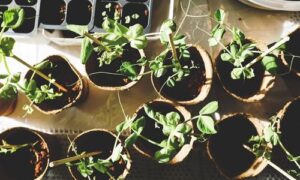
Gardeners can check out seeds for free from the library to plant. Then after harvest, gardeners bring seeds back to the library for others to enjoy in future growing seasons.
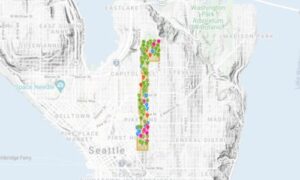
Get involved by sharing and mapping the birds, animals and nature around you to help the community understand the biodiversity in our neighborhood.
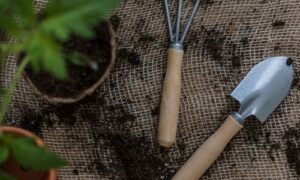
New types of vegetation can attract additional wildlife to an area. You might be surprised how a little green can go a long way!
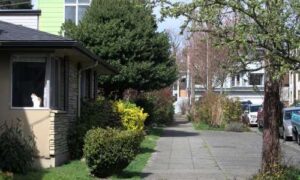
Do you wonder how a cat can be happy indoors? This presentation will give you a better understanding of cat behavior and the confidence that an indoor cat can be a happy cat.
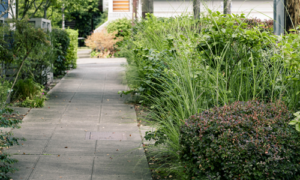
Do you want to plant a tree, create butterfly habitat, or start a vegetable garden but don’t have a yard? Learn how planting strips are a great place to start your own garden!
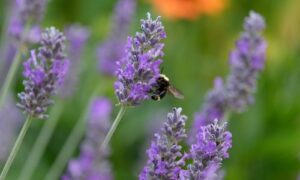
Check out our list of local wildlife-supporting plant stores and nurseries, organizations, and community science opportunities.
Nature of Your Neighborhood is a collaboration between Birds Connect Seattle, the Capitol Hill EcoDistrict, and the Seattle Bird Conservation Partnership. Our goal is to foster relationships between the people and the nature of their neighborhoods.